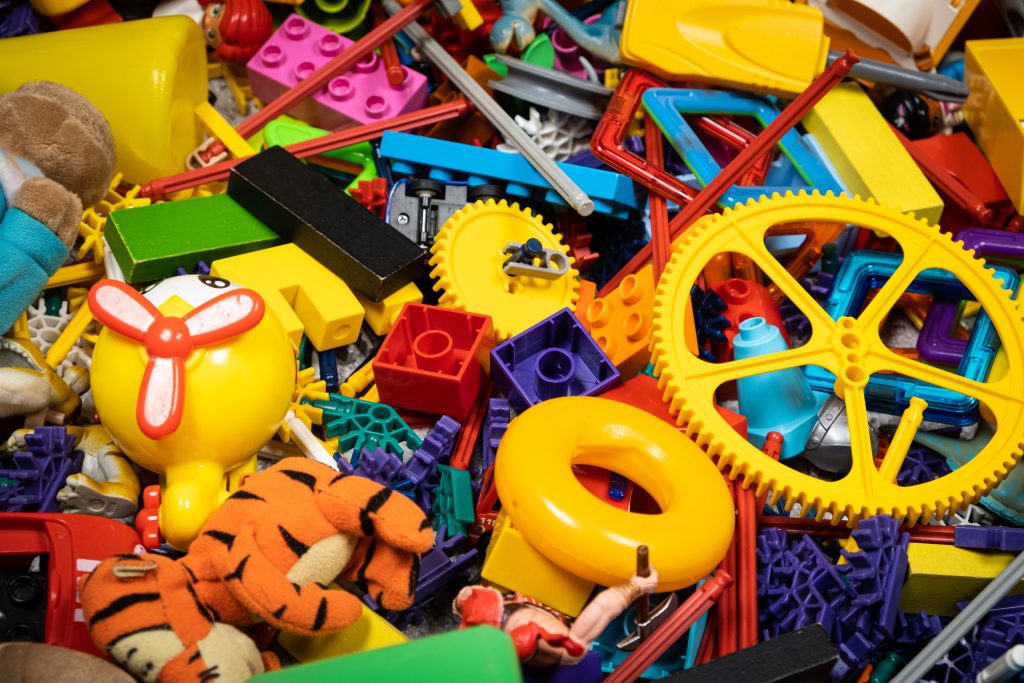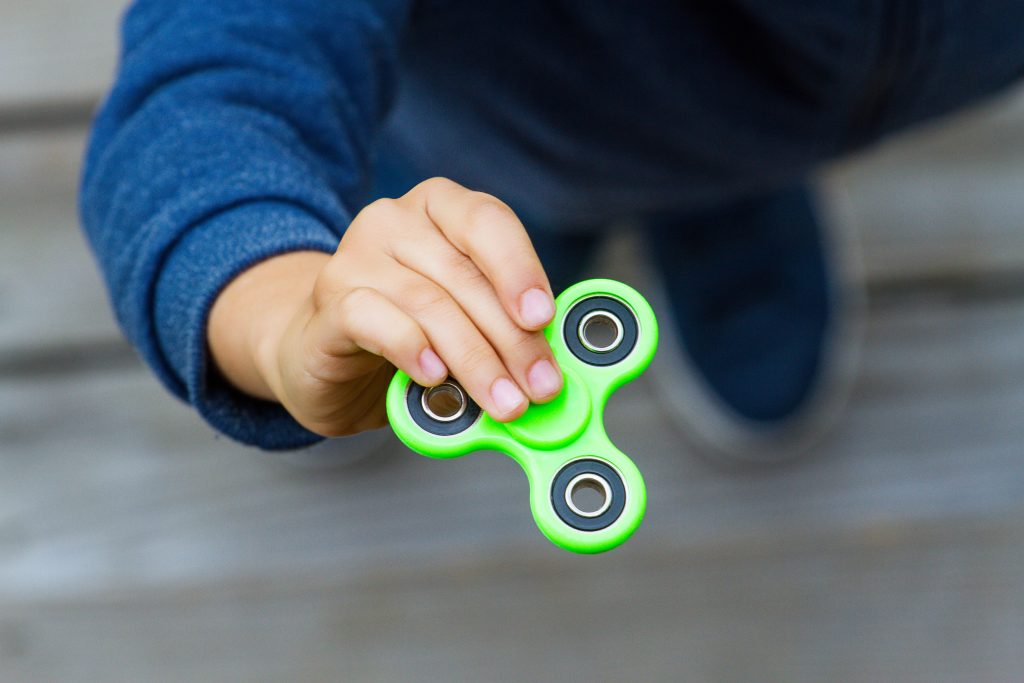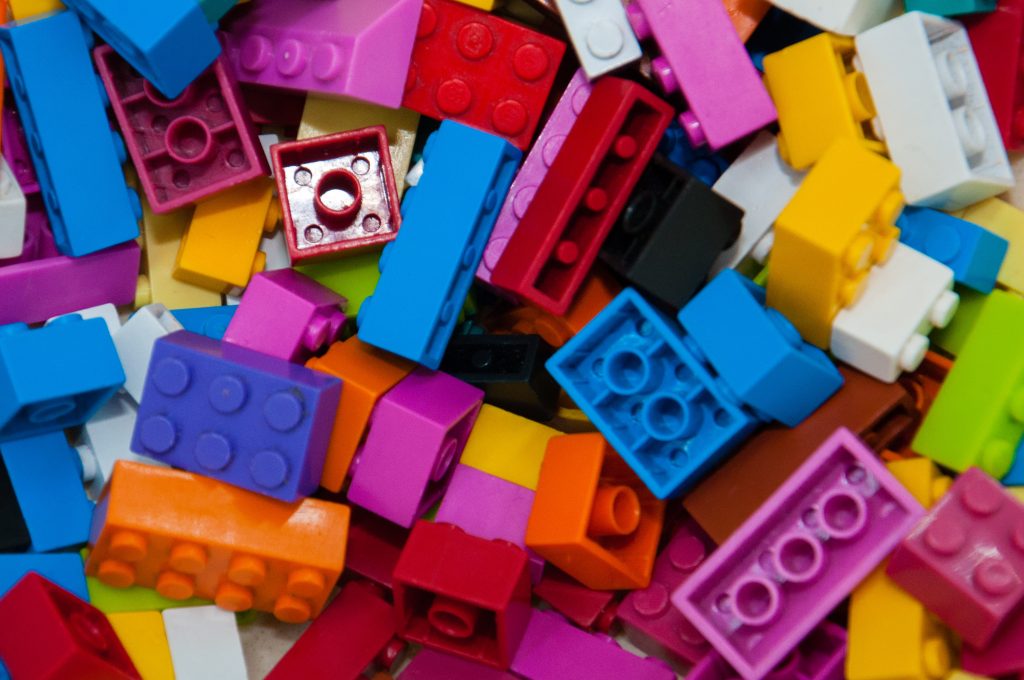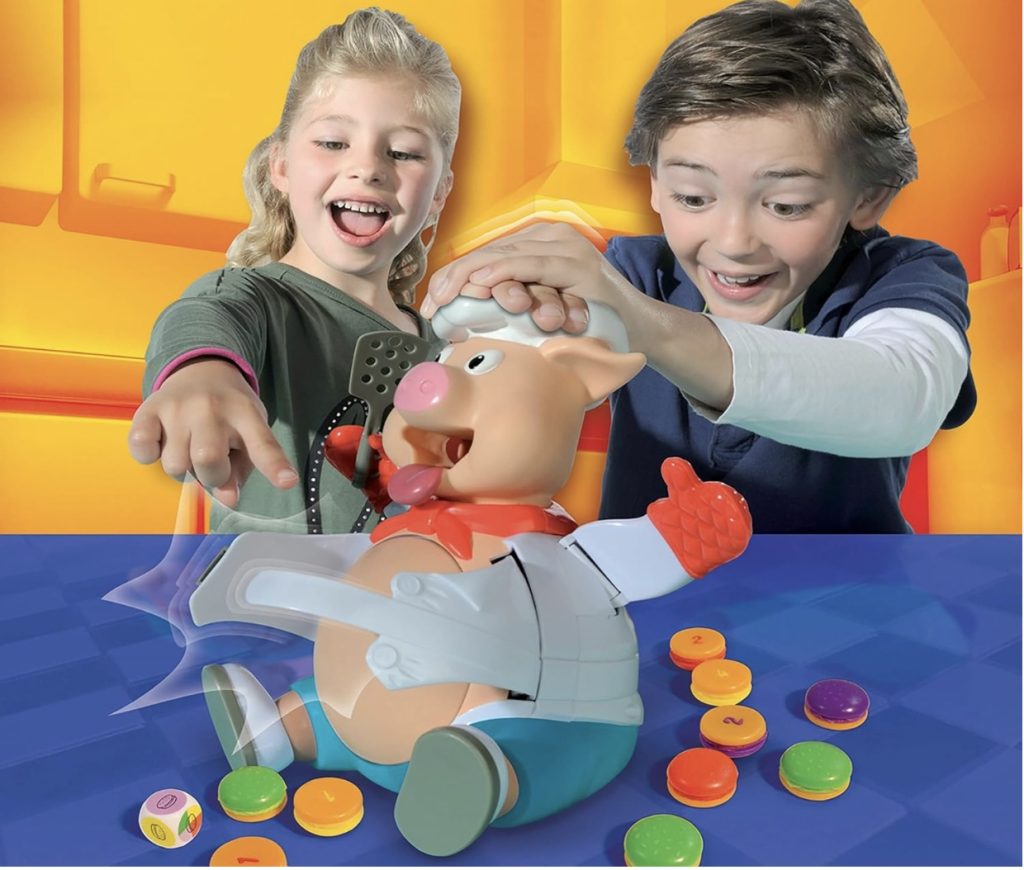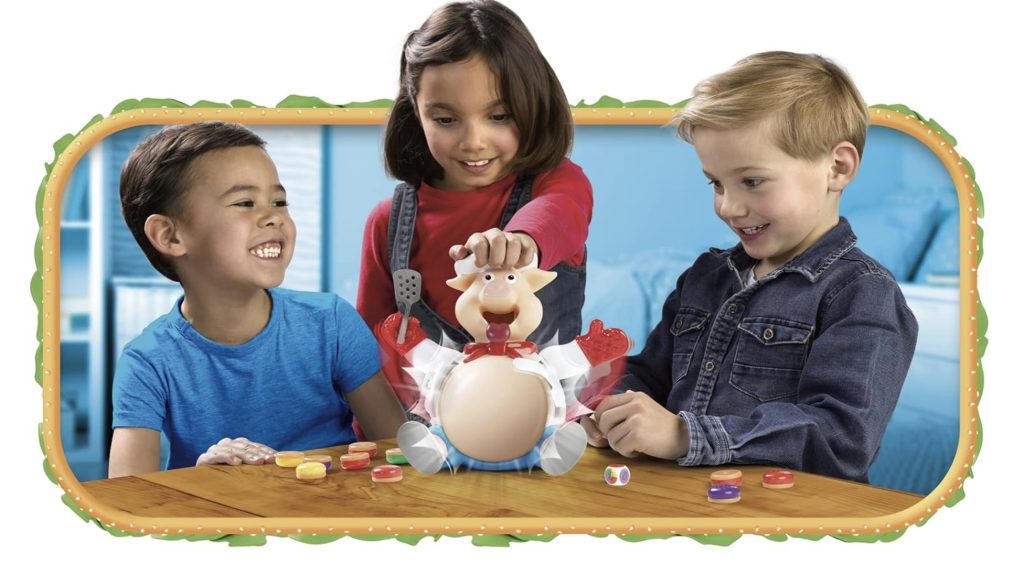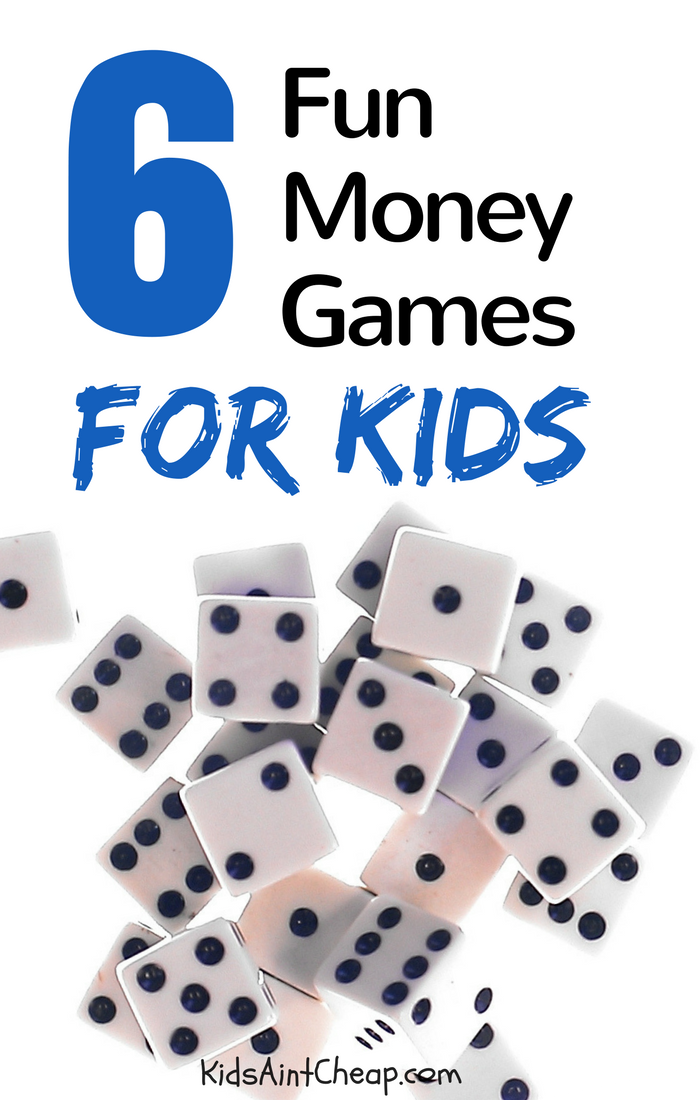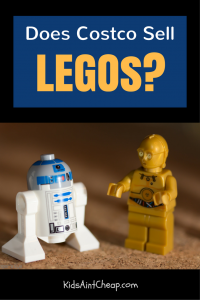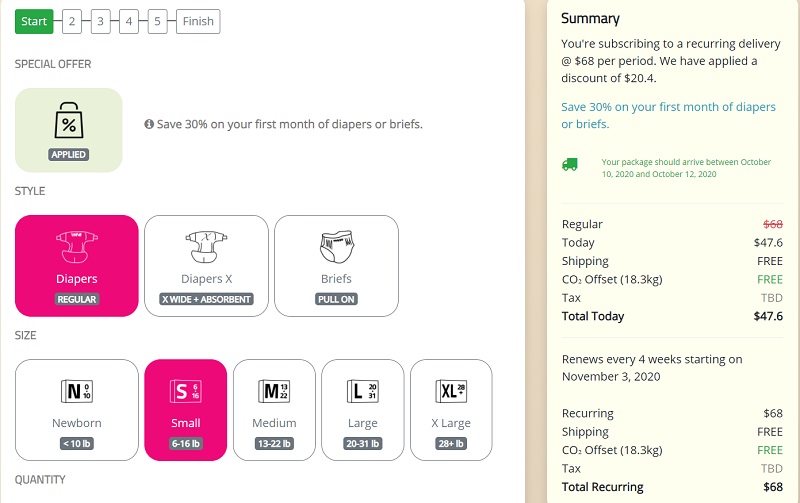
You don’t need a diaper bag or a little one in tow to keep baby wipes stocked. These magical moist towelettes are so versatile that they’ve earned a permanent spot in many non-parents’ homes, cars, and purses. Whether you’re cleaning sticky fingers, freshening up after a hike, or tackling life’s little messes, there are countless clever uses for baby wipes that go far beyond diaper duty. If you’ve ever wondered what else these handy wipes can do, you’re in for a treat. Here are 12 genius ways to use baby wipes—even if you haven’t changed a diaper in years.
1. Freshen Up After a Workout
Baby wipes are perfect for a quick freshen-up when there’s no time to shower. After a sweaty workout or long walk, they help remove dirt, sweat, and odor from your skin. Their gentle, soothing formula works well even for sensitive areas. Keep a pack in your gym bag or car for on-the-go hygiene. This is one of the simplest and most refreshing uses for baby wipes.
2. Clean Makeup Smudges
Smudged eyeliner, mascara streaks, or foundation on your shirt? Baby wipes to the rescue. Their gentle texture makes them ideal for dabbing away small makeup mishaps without irritating your skin. They also work in a pinch for removing an entire face of makeup when you’re out of remover. Just be sure to moisturize afterward, as some wipes can be slightly drying with repeated use.
3. Dust Off Car Interiors
Your dashboard, cup holders, and steering wheel accumulate grime fast. Baby wipes can easily wipe away dust, spills, and sticky fingerprints. They’re gentle enough for most surfaces and leave a subtle clean scent behind. Stash a pack in your glove compartment so you’re always prepared. Among the best uses for baby wipes, this one will leave your car feeling brand-new.
4. Tame Flyaway Hairs
When a brush isn’t cutting it and your hair has a mind of its own, baby wipes can help. A quick swipe over your hairline or ponytail can calm frizz and static without adding grease. It’s especially helpful in dry or humid weather. Bonus: The light moisture can also help restyle bangs or smooth out hat hair. Talk about an unexpected beauty hack.
5. Clean Off Shoes or Sneakers
Baby wipes are excellent for spot-cleaning shoes, especially white sneakers or leather flats. They gently lift away dirt, salt, and scuffs without damaging the material. You can also use them to clean rubber soles and inside linings. It’s one of the most budget-friendly ways to keep your kicks looking fresh. This is one of those uses for baby wipes that sneaker lovers swear by.
6. Wipe Down Electronics
Phones, keyboards, tablets, and remote controls can get gross quickly. Baby wipes are safe for cleaning screens and surfaces, especially if they’re alcohol-free and gentle. They remove smudges and grime without leaving streaks or residue. Just wring out extra moisture and avoid ports or buttons to be safe. Your tech gear will thank you.
7. Remove Deodorant Marks from Clothing
Nothing ruins a dark shirt like white deodorant smudges. A quick swipe with a baby wipe makes the mark disappear like magic. It’s gentle on fabric and way more effective than trying to rub it off with another part of your shirt. Keep a small travel pack in your purse or desk drawer for wardrobe emergencies. This one ranks high among practical, everyday uses for baby wipes.
8. Cool Down on Hot Days
On sweltering days, a chilled baby wipe can feel like a lifesaver. Store a pack in the fridge or cooler to wipe your face, neck, or arms when temperatures climb. They’re great for kids, too, after outdoor play or sports practice. The soothing moisture helps cool you down without dripping water everywhere. This little trick is perfect for summer outings.
9. Quick Cleanups for Pets
Whether it’s muddy paws or drool-covered faces, pets often need a quick wipe-down. Baby wipes are safe for most animals, especially unscented, hypoallergenic varieties. They help clean fur, paws, and even ears between full grooming sessions. Use them after walks or car rides to keep your furry friend (and your house) cleaner. Another example of surprisingly helpful uses for baby wipes.
10. Spot-Clean Furniture
Spills and smudges on couches or chairs? Baby wipes are ideal for a quick touch-up. They work well on faux leather, plastic, and even some fabrics. Always do a spot test first to make sure the wipe doesn’t discolor the material. But for everyday maintenance, they’re incredibly handy. Great for families, pet owners, or anyone prone to spills.
11. Revive Dirty Toys
Sticky toys and playsets can be sanitized quickly with a baby wipe. They help remove grime, fingerprints, and snack residue without needing soap and water. It’s a fast fix before playdates or while traveling. Choose fragrance-free wipes for toddler toys or anything going in the mouth. This is one of the best uses for baby wipes if you’ve got kids in your life.
12. Emergency Stain Remover
Spilled coffee on your shirt? Ketchup on your pants? Grab a baby wipe before the stain sets. While it’s not a miracle cure, it can blot and lift stains until you get home to treat them properly. It also helps reduce visible marks when you’re stuck in public. Having a few wipes on hand gives you the confidence to handle everyday messes like a pro.
The Magic of Baby Wipes Goes Beyond Babies
Baby wipes are the unsung heroes of modern life—quietly saving the day one mess at a time. Their convenience, versatility, and gentle formula make them perfect for far more than diaper changes. From beauty fixes to car cleanups, the clever uses for baby wipes are practically endless. So whether you have kids or not, keeping a pack nearby just makes sense. After all, when life gets messy, it’s good to be prepared.
What’s your favorite out-of-the-box way to use baby wipes? Share your best wipe hacks in the comments!
Read More:
5 Ways to Add Eco-Friendly Baby Products to Your Routine
10 Foolish Buys That Every New Parent Believes They Must Make
Catherine is a tech-savvy writer who has focused on the personal finance space for more than eight years. She has a Bachelor’s in Information Technology and enjoys showcasing how tech can simplify everyday personal finance tasks like budgeting, spending tracking, and planning for the future. Additionally, she’s explored the ins and outs of the world of side hustles and loves to share what she’s learned along the way. When she’s not working, you can find her relaxing at home in the Pacific Northwest with her two cats or enjoying a cup of coffee at her neighborhood cafe.
